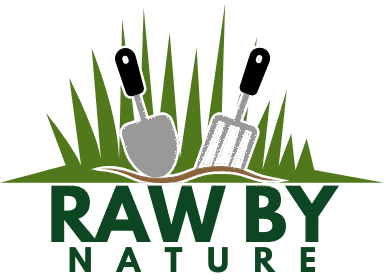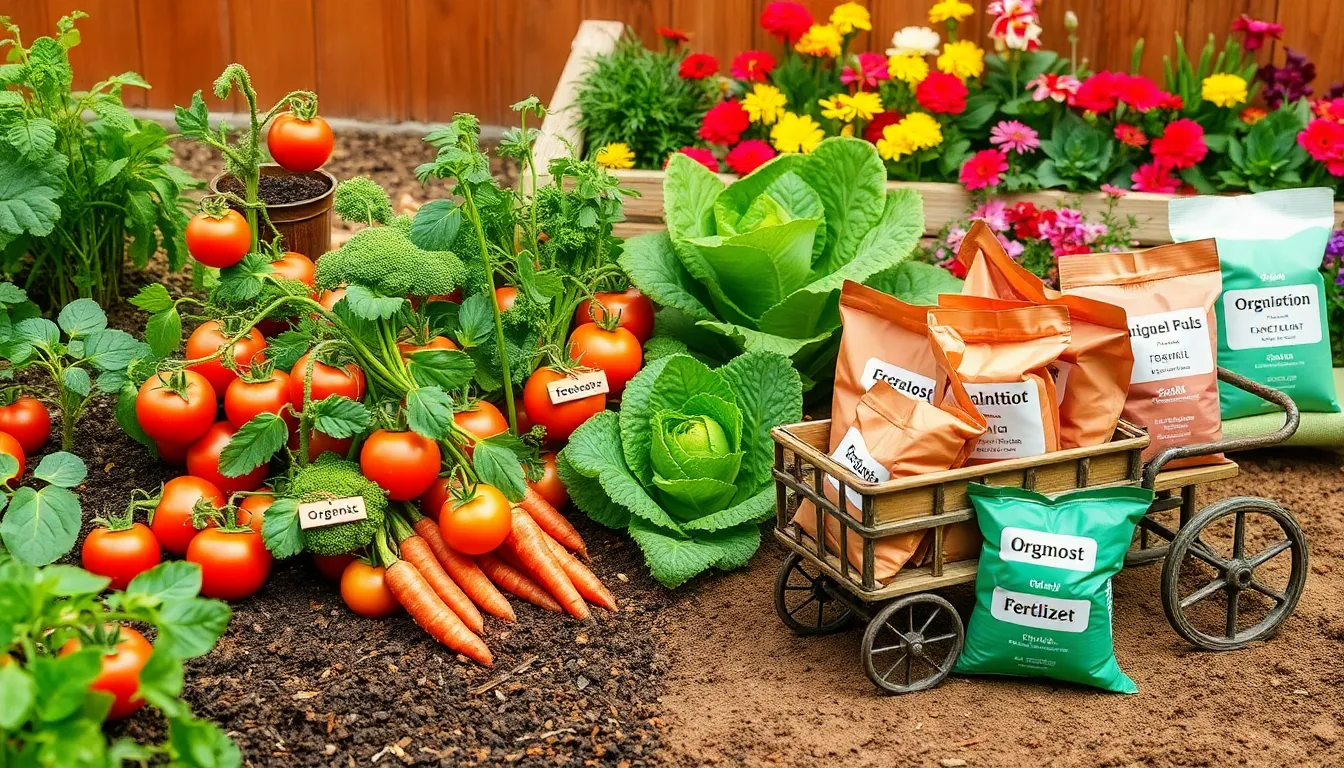Gardening is a delightful dance between nature and nurture, where the right touch transforms the ordinary into the extraordinary. Whether you’re just starting out or have years of experience under your belt, knowing how to choose the right fertilizer is key to unlocking the full potential of your garden. This guide will be your trusted companion, demystifying the world of fertilizers and helping you cultivate flourishing, vibrant plants.
Choosing the best fertilizer can feel like an overwhelming task with so many options available, but it doesn’t have to be. Our practical, step-by-step guide empowers you with the knowledge and confidence to make informed decisions tailored to your garden’s unique needs. By understanding the nutrients your plants crave, you’ll not only enhance their health and beauty but also maximize your harvests. So, let’s dig in together and discover the joys and rewards of successful gardening—one fertile step at a time!
Soil Test Kit (Accurate Nutrient Analysis)
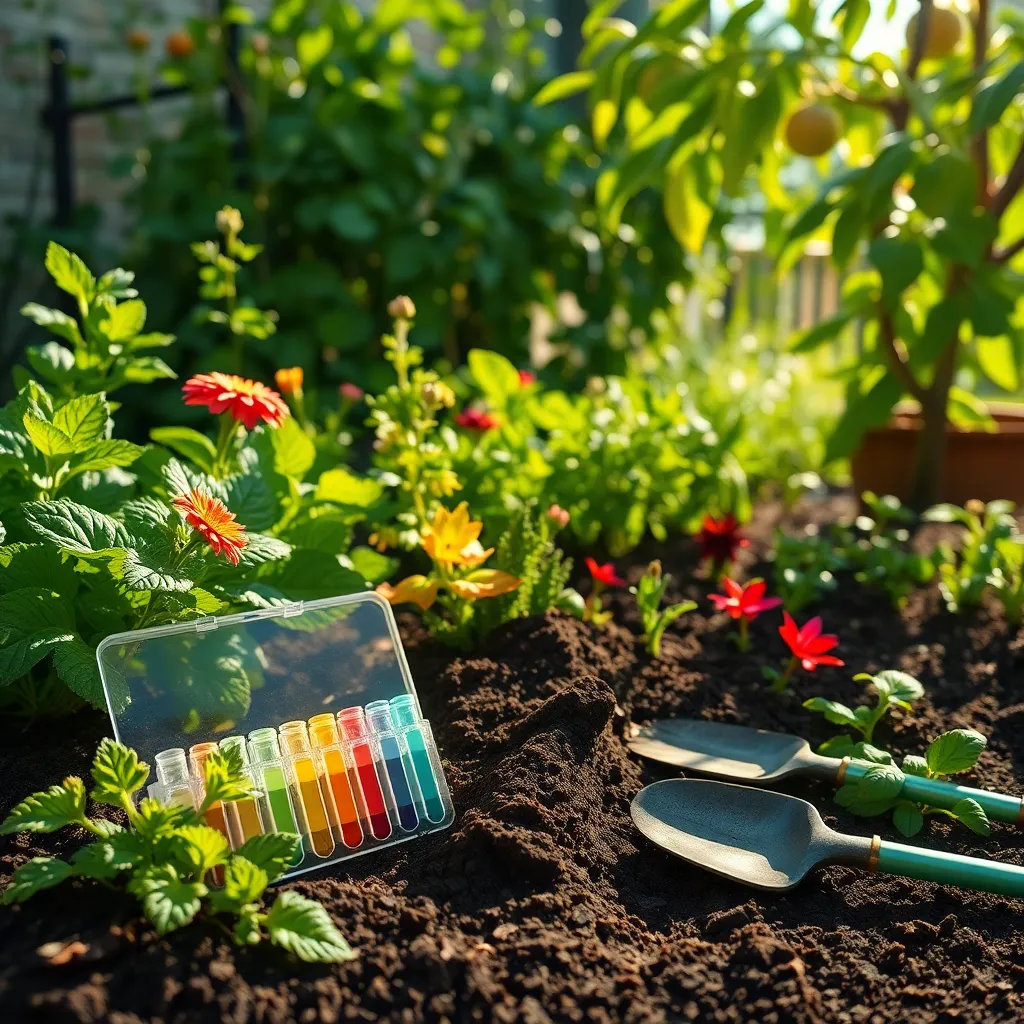
Testing your soil is an essential step in understanding what nutrients your garden needs. A soil test kit provides an accurate analysis of your soil’s nutrient levels, allowing you to tailor your fertilization plan effectively.
To use a soil test kit, start by collecting samples from different areas of your garden. This will give you a comprehensive view of your soil’s health and help you identify specific areas that may require additional attention.
For beginners, it’s important to follow the instructions provided with the kit closely to ensure accurate results. Advanced gardeners may opt for kits that offer a more detailed nutrient breakdown, including micronutrients like iron and zinc, which can be crucial for plant health.
Once you have your soil test results, you can choose fertilizers that address any deficiencies noted in your analysis. For example, if your soil lacks nitrogen, consider a fertilizer with a higher nitrogen content to promote leafy growth.
Remember to retest your soil periodically to monitor changes and adjust your fertilization strategy as needed. This ongoing process ensures that your plants receive the optimal nutrients for robust growth and productivity throughout the growing season.
Compost Tumbler (Efficient Organic Matter Processing)
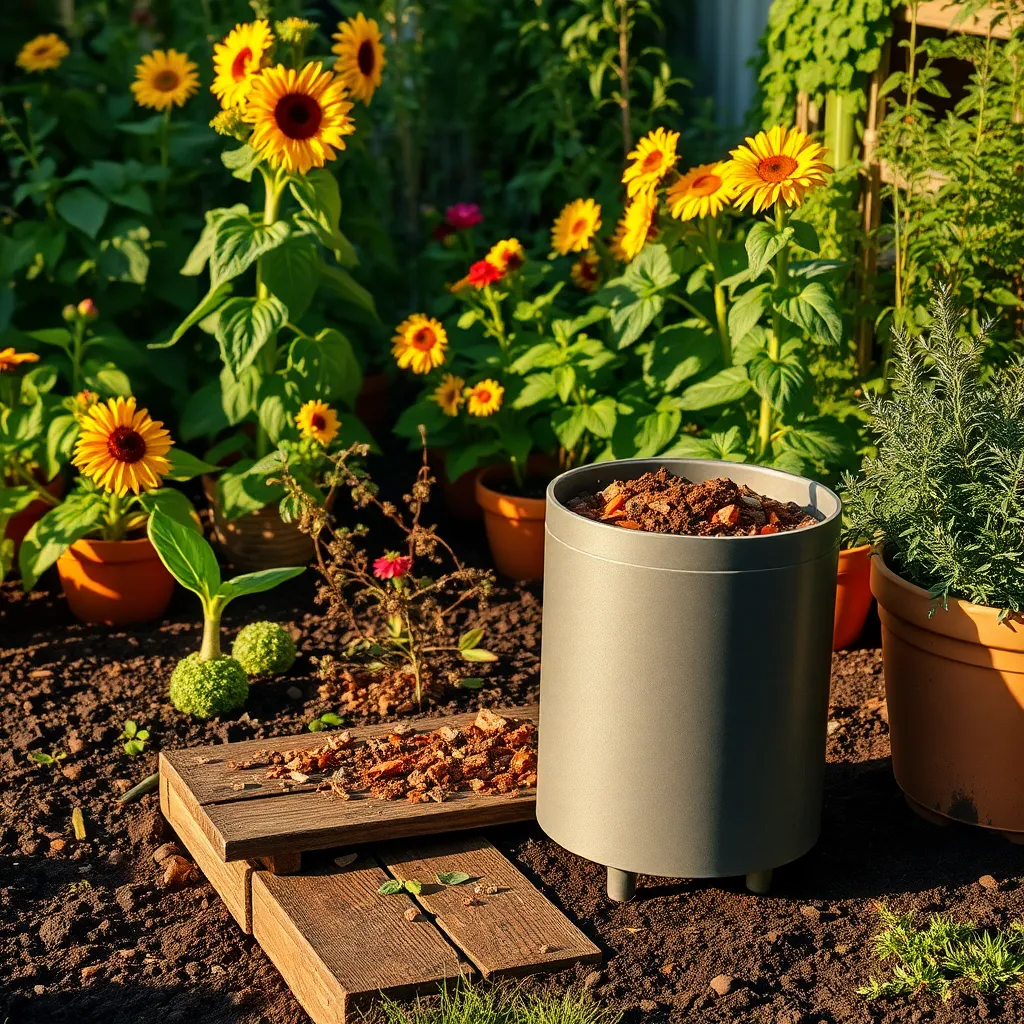
Compost tumblers are an effective tool for transforming kitchen and garden waste into nutrient-rich compost. By regularly rotating the tumbler, you ensure proper aeration and faster decomposition of organic matter.
To get started, fill your compost tumbler with a balanced mix of green and brown materials, such as vegetable scraps and dried leaves. Turning the tumbler every few days will help maintain heat and moisture levels, essential for speeding up the composting process.
It’s important to monitor moisture levels inside the tumbler; the compost should feel like a wrung-out sponge. If it becomes too dry, add a bit of water, and if it’s too wet, incorporate more dry materials like shredded paper.
For advanced gardeners, using a compost thermometer can help track the internal temperature, ensuring it stays between 110°F and 160°F for optimal microbial activity. This encourages the breakdown of materials more efficiently, resulting in finished compost ready to enrich your soil in as little as a few weeks.
Slow-Release Fertilizer Granules (Consistent Nutrient Supply)
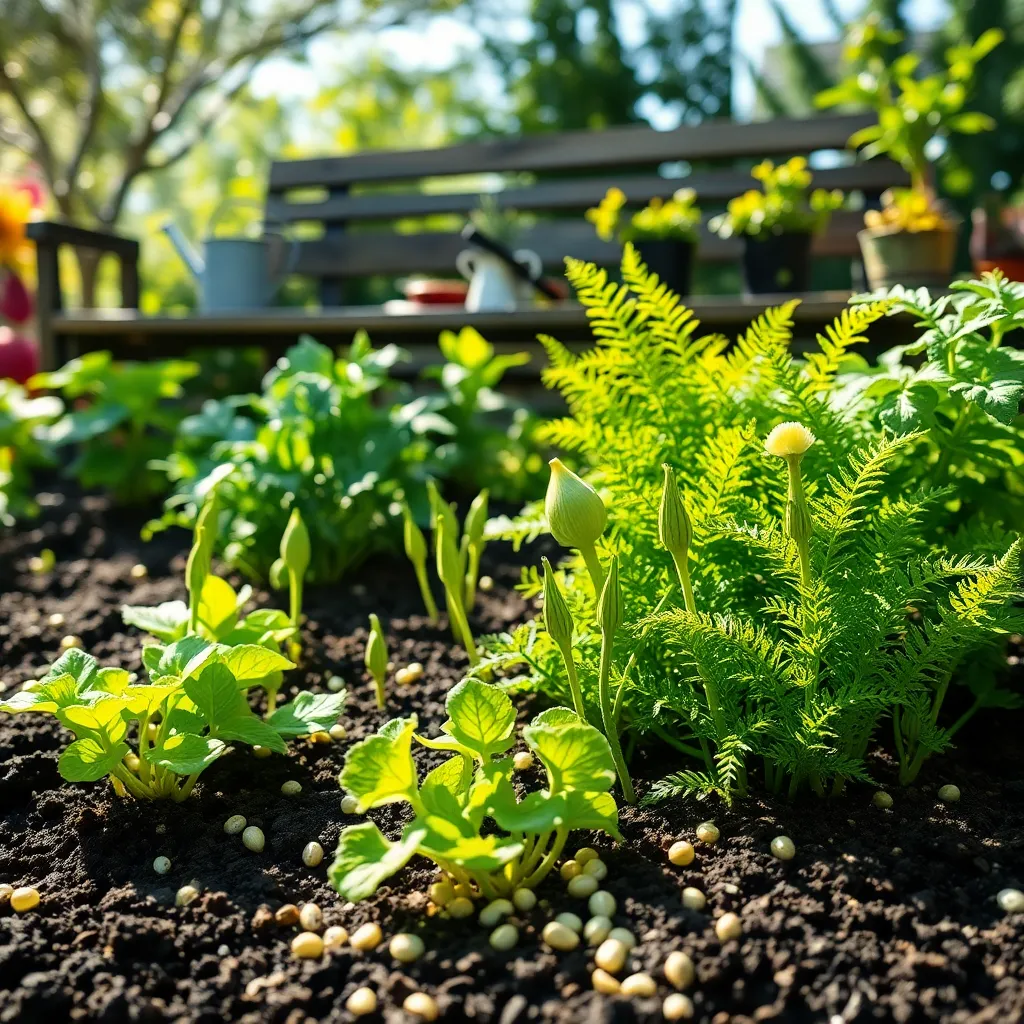
Incorporating slow-release fertilizer granules into your gardening routine is an excellent way to ensure a consistent nutrient supply for your plants. Unlike quick-release fertilizers, these granules dissolve gradually, providing nutrients steadily over a longer period, which is ideal for maintaining healthy plant growth without frequent applications.
To use slow-release fertilizer effectively, sprinkle the granules evenly around the base of your plants and gently work them into the top layer of soil. It’s important to water the area thoroughly afterward to help activate the granules, ensuring that nutrients begin to infiltrate the soil and reach the plant roots.
For beginners, start by using a balanced slow-release fertilizer with an equal ratio of nitrogen, phosphorus, and potassium, such as a 10-10-10 formula. This provides a well-rounded nutrient supply suitable for a wide variety of plants, from vegetables to perennials.
Experienced gardeners might consider using slow-release fertilizers tailored to specific plant needs, like those with higher phosphorus content to promote blooming in flowering plants. Remember to adjust your fertilization schedule based on your soil type; sandy soils may require more frequent applications than clay soils due to quicker nutrient leaching.
pH Meter (Essential for Soil Acidity Balancing)

Understanding soil acidity is crucial for selecting the right fertilizer, and a pH meter can be your best friend in this process. By measuring the pH level of your soil, you’ll know whether it’s too acidic or too alkaline, which directly affects nutrient availability to your plants.
To get started, simply insert the pH meter into the soil and wait for the reading. Most garden plants thrive in a pH range of 6.0 to 7.5, so aim to adjust your soil accordingly by choosing fertilizers that help balance the pH.
For beginners, using a digital pH meter is straightforward and provides accurate results. Follow the manufacturer’s instructions for calibration and maintenance to ensure long-term accuracy and effectiveness.
Experienced gardeners might experiment with different soil amendments to adjust pH levels precisely. Adding lime can raise the pH of acidic soil, while sulfur can lower the pH of alkaline soil, allowing for more tailored plant care.
For best results, test your soil’s pH in various spots around your garden, as it can vary even within small areas. Use this information to apply specific fertilizers and amendments where they’re needed most, optimizing nutrient uptake for healthier plants.
Liquid Fertilizer Concentrate (Quick Nutrient Absorption)
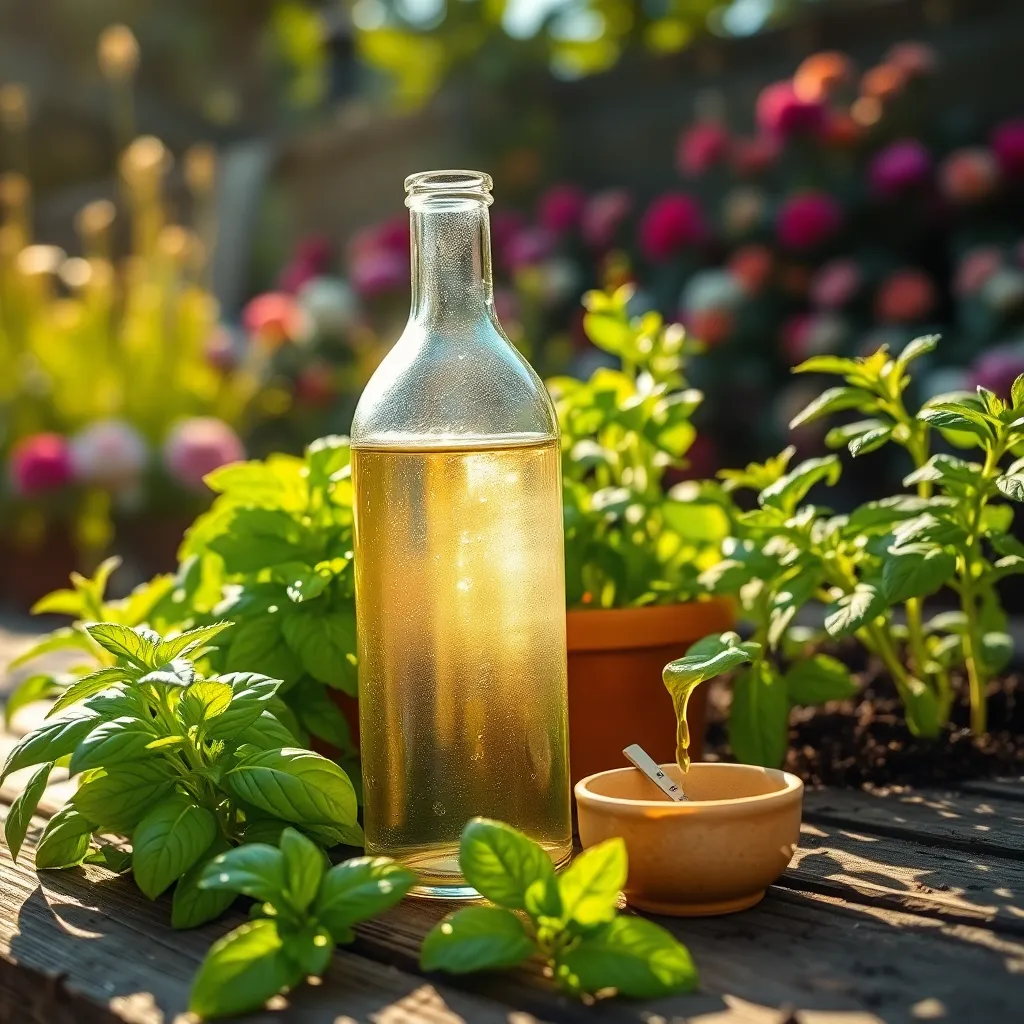
Liquid fertilizer concentrates offer a fast-acting solution for plants needing a quick nutrient boost. These fertilizers are typically diluted with water, allowing for easy and efficient application through a watering can or hose attachment.
When using liquid fertilizers, it’s essential to follow the manufacturer’s dilution instructions to avoid over-fertilization, which can harm plants. This method is particularly beneficial for container gardens and houseplants, where nutrients can be quickly absorbed through the roots.
Apply liquid fertilizers during the growing season when plants are actively developing leaves, flowers, or fruits. For best results, use them every two to four weeks, adjusting the frequency based on the plant’s size and growth rate.
Advanced gardeners may experiment with foliar feeding, where the diluted fertilizer is sprayed directly onto the leaves for even faster absorption. This technique can help address nutrient deficiencies swiftly, but it’s crucial to apply it during cooler parts of the day to prevent leaf burn.
Conclusion: Growing Success with These Plants
In nurturing a thriving garden, as in fostering successful relationships, understanding key concepts is vital. First, recognizing the unique needs of your plants parallels understanding your partner’s individual needs. Second, choosing the right balance of nutrients mirrors the importance of balance in giving and receiving in relationships. Third, timing your fertilizer application is akin to knowing when to invest time and energy in your partner. Fourth, adjusting your approach based on seasonal changes reflects the adaptability required in relationships. Lastly, monitoring plant health correlates with regularly checking in on your relationship’s well-being.
As an immediate next step, take a moment to assess your relationship’s “soil” and identify areas that might need enrichment or adjustment. This proactive approach can lead to growth and flourishing connections.
Remember to bookmark this article for future reference as a reminder that relationships, like gardens, require ongoing care and attention. By integrating these principles into your daily interactions, you are planting the seeds for a resilient relationship that can weather any storm. Here’s to cultivating love that blooms continuously!
